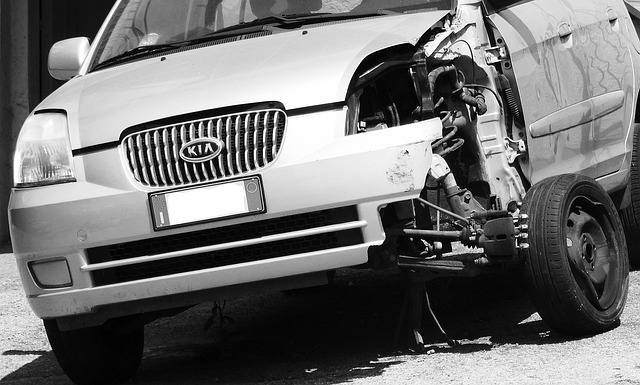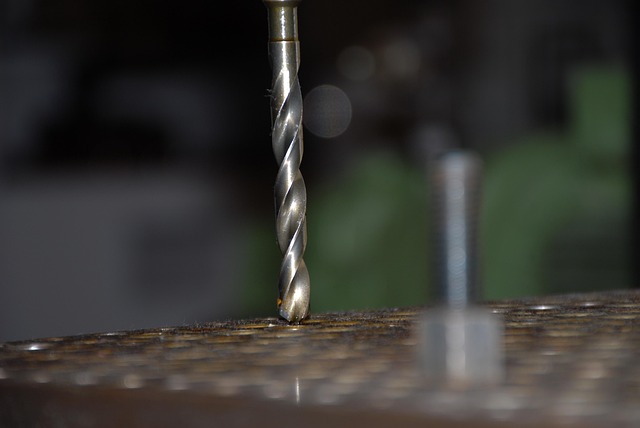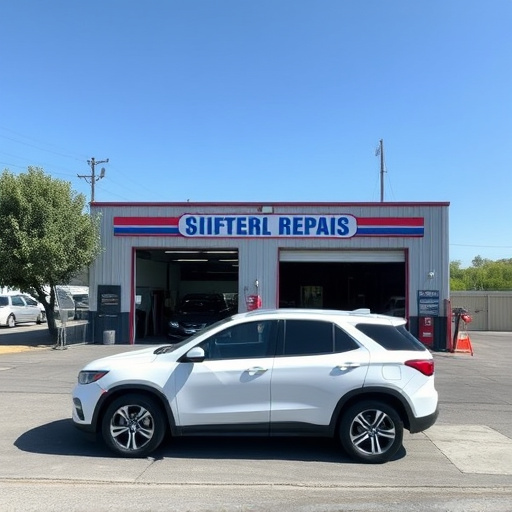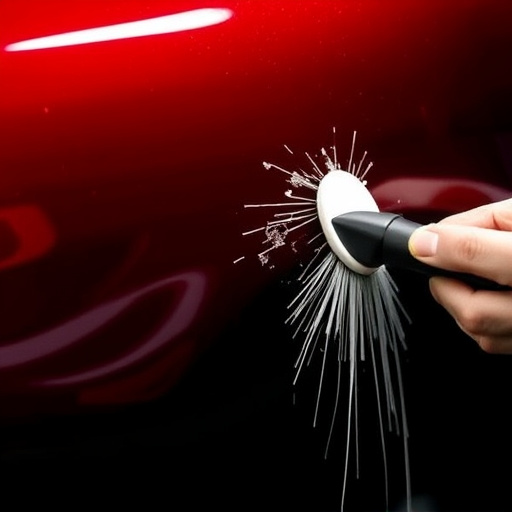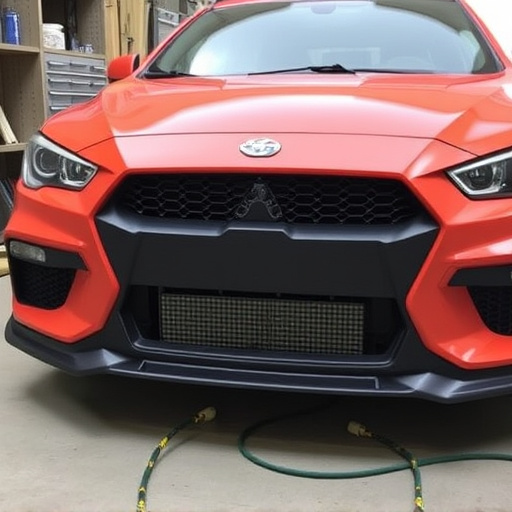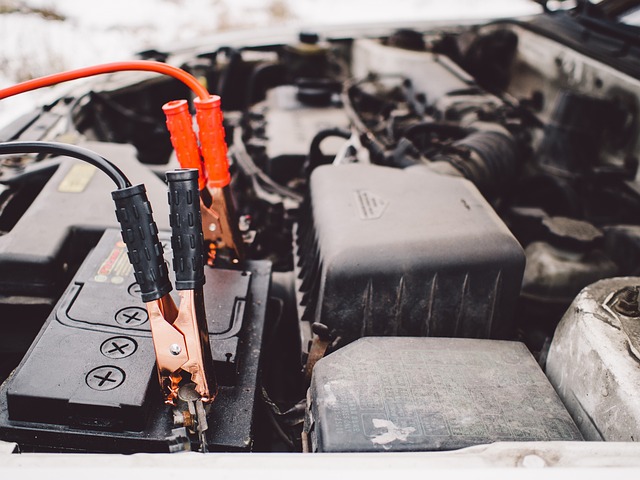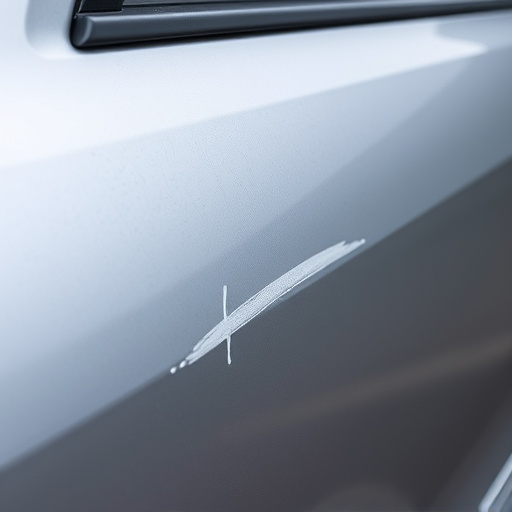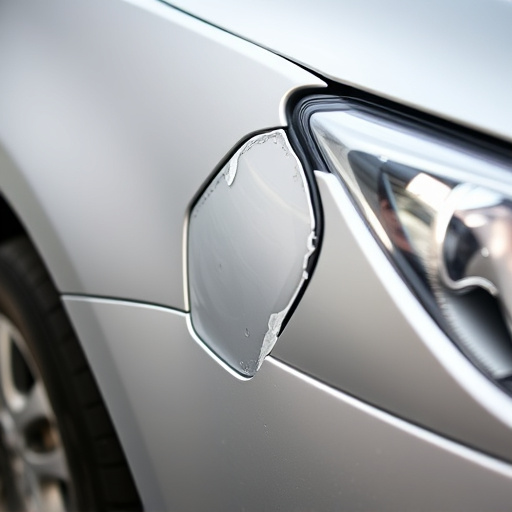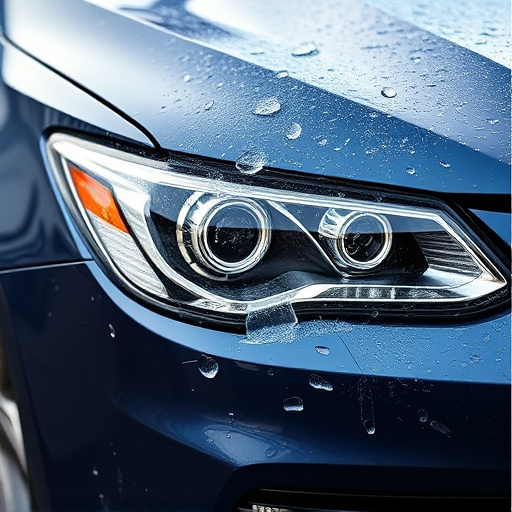Door dent repair requires tailored approaches. Minor dents can be DIY'd with specialized tools, but severe damage needs professional help. The process involves assessment, cleaning, deformity correction, paint prep (sanding, coating), finishing, and reassembly. Tools like dental picks, heat guns, and expertise ensure a seamless, original-appearance fix.
Professional door dent repair is a skilled craft, crucial for maintaining your vehicle’s aesthetics. This comprehensive guide delves into the world of door dent restoration, offering insights on common causes and reliable techniques. From identifying damage to selecting the right tools and materials, we navigate you through each step. Learn how to fix those pesky dents promptly and effectively, ensuring your car looks as good as new. Discover the secrets to successful door dent repair, empowering you with the knowledge for a flawless restoration.
- Understanding Common Door Dent Causes
- Tools and Materials for Effective Repair
- Step-by-Step Guide to Professional Door Dent Restoration
Understanding Common Door Dent Causes
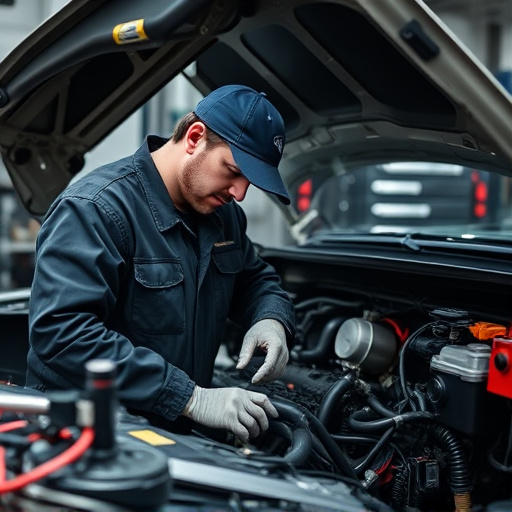
Door dents can arise from a variety of circumstances, each requiring a tailored approach for effective door dent repair. Common causes include minor fender benders, parking lot mishaps, and even accidental bumps. Typically, these incidents result in shallow indentations or dimples on the door panel. Sometimes, impact can lead to more severe damage, such as buckling or tearing of the metal, which necessitates professional intervention.
Understanding the cause is crucial when addressing door dent repair. A body shop services expert will assess the damage, determining whether it’s suitable for DIY attempts or requires the expertise of an auto collision center. In many cases, minor dents can be effectively corrected using specialized tools and techniques, ensuring your vehicle retains its original appearance without the need for extensive body shop services or tire services.
Tools and Materials for Effective Repair

When it comes to door dent repair, having the right tools and materials is paramount to achieving a seamless fix. The process requires a combination of specialized equipment, such as dental picks, putty knives, and a heat gun, which play a crucial role in shaping and smoothing the dented panel. Additionally, high-quality repair compounds, primers, and paints are essential for restoring the door’s original appearance. These materials ensure that not only is the physical dent removed, but the finished surface matches the vehicle’s overall aesthetics.
The effectiveness of door dent repair also hinges on proper preparation. This includes cleaning the affected area, removing any debris or dirt, and ensuring the metal is free from contaminants. A clean and ready surface allows for better adhesion of repair compounds, resulting in a more durable fix. Moreover, having access to tire services and automotive restoration expertise can further enhance the repair process, providing comprehensive solutions for even the most challenging door dents.
Step-by-Step Guide to Professional Door Dent Restoration
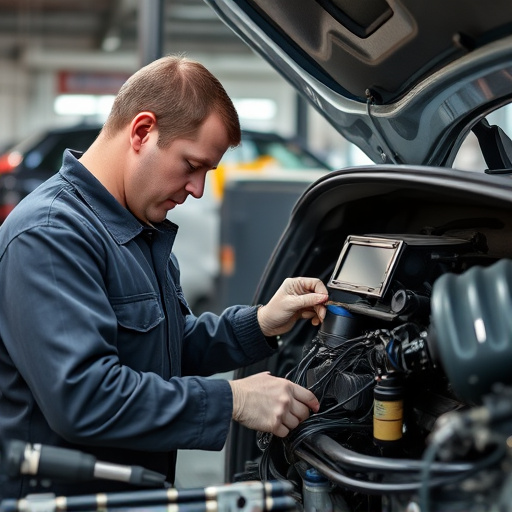
Door dent repair is a delicate process that requires precision and expertise to restore your vehicle’s aesthetic appeal. Professionals employ various techniques, each tailored to the extent of the damage. Here’s a step-by-step guide to professional door dent restoration:
1. Assessment: The first step involves thoroughly inspecting the damaged area to determine the severity of the dent. This includes identifying any underlying structural damage or paint imperfections that need addressing. Advanced tools and imaging techniques may be used for accurate measurement and analysis.
2. Preparation: Once the dent is assessed, the car is prepared for repair. This could include cleaning the surface, removing loose debris, and masking off surrounding areas to prevent overspray during the repair process. Depending on the extent of the damage, a professional might also strip down the door panel to access deeper dents.
3. Deformity Correction: Using specialized tools like pneumatic hammers and picks, the dent is carefully manipulated back into its original shape. This step requires skill to avoid further damaging the panel or paintwork.
4. Paint Preparation & Repair: After the deformity is corrected, the area is thoroughly sanded and cleaned to remove any remnants of old paint or debris. A professional will then apply a base coat, allowing it to dry completely before adding layers of matching paint to blend seamlessly with the vehicle’s original finish. This process, known as vehicle paint repair, ensures the restored area matches both in texture and color.
5. Finishing Touches: Once the paint is cured, the repaired area is inspected for any final adjustments. This could involve additional sanding, touch-ups, or a clear coat application to enhance the finish and protect the new repairs.
6. Reassembly: Finally, the door panel is reinstalled on the vehicle, ensuring all mechanisms and hardware are properly aligned and functioning.
Door dent repair is a skill that combines knowledge of materials science, precision, and artistic touch. By understanding common causes, equipping yourself with the right tools, and following a structured guide, you can effectively restore your door to its original condition. With these professional techniques, you’ll not only enhance the aesthetics but also ensure the longevity of your door, making it a valuable investment for any homeowner.
